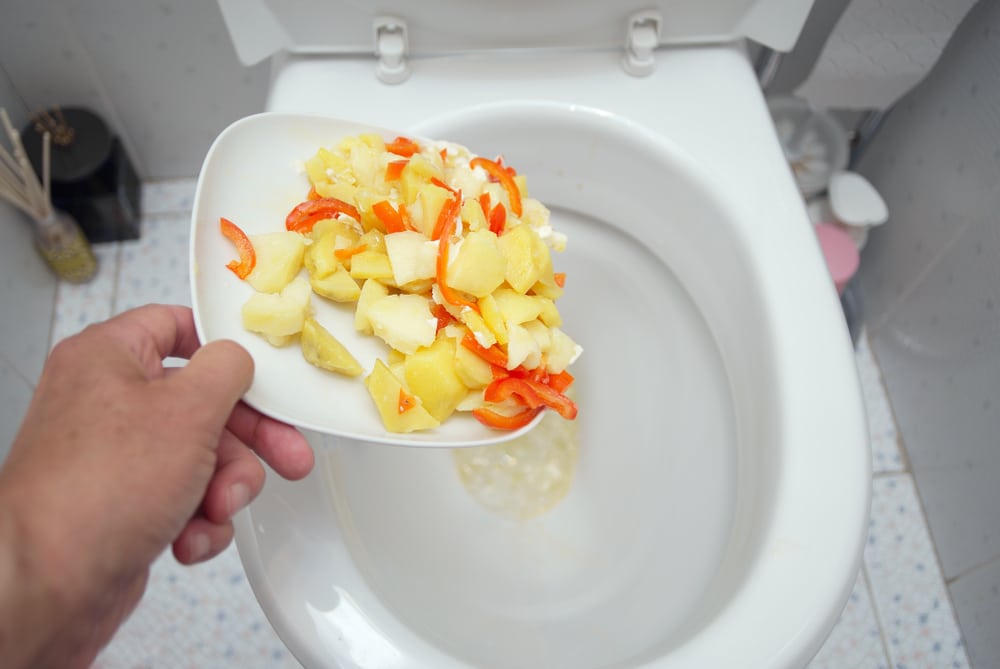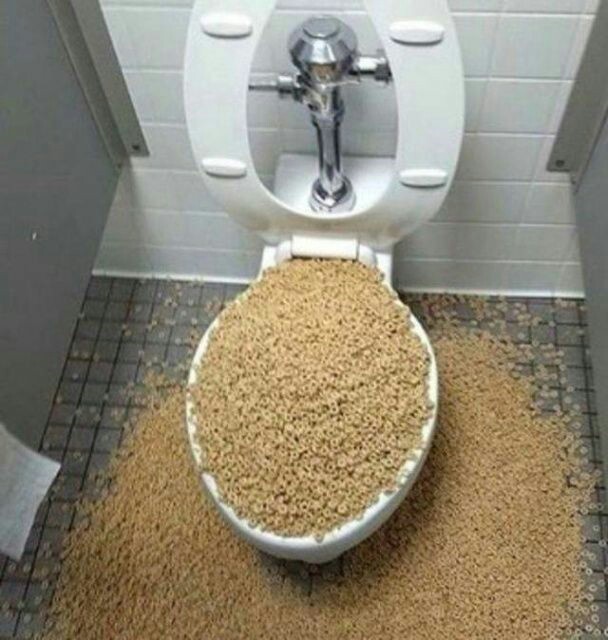Can You to Flush Food Down the Toilet?
Can You to Flush Food Down the Toilet?
Blog Article
The writer is making a number of great pointers relating to Flushing Food Down the Toilet? in general in this great article on the next paragraphs.

Intro
Lots of people are frequently faced with the issue of what to do with food waste, particularly when it comes to leftovers or scraps. One typical inquiry that develops is whether it's alright to purge food down the bathroom. In this write-up, we'll explore the reasons that people might consider flushing food, the effects of doing so, and alternative methods for proper disposal.
Reasons that people may consider flushing food
Lack of recognition
Some individuals may not understand the potential harm triggered by purging food down the toilet. They might mistakenly believe that it's a harmless method.
Benefit
Flushing food down the toilet might seem like a quick and very easy remedy to getting rid of unwanted scraps, particularly when there's no nearby trash can readily available.
Idleness
In some cases, people may simply choose to flush food out of sheer laziness, without considering the repercussions of their actions.
Consequences of flushing food down the commode
Environmental impact
Food waste that winds up in rivers can contribute to pollution and injury water environments. Furthermore, the water made use of to flush food can strain water sources.
Plumbing concerns
Flushing food can bring about stopped up pipes and drains pipes, causing pricey plumbing repair services and inconveniences.
Types of food that need to not be purged
Coarse foods
Foods with fibrous structures such as celery or corn husks can get tangled in pipes and cause blockages.
Starchy foods
Starchy foods like pasta and rice can take in water and swell, bring about obstructions in pipelines.
Oils and fats
Greasy foods like bacon or food preparation oils ought to never be purged down the commode as they can strengthen and cause blockages.
Proper disposal techniques for food waste
Utilizing a waste disposal unit
For homes furnished with garbage disposals, food scraps can be ground up and flushed through the plumbing system. However, not all foods are suitable for disposal in this manner.
Recycling
Particular food product packaging products can be recycled, reducing waste and minimizing ecological effect.
Composting
Composting is an environmentally friendly way to take care of food waste. Organic materials can be composted and utilized to improve soil for horticulture.
The importance of proper waste management
Minimizing ecological damage
Appropriate waste management techniques, such as composting and recycling, assistance decrease pollution and protect natural deposits for future generations.
Protecting plumbing systems
By preventing the practice of flushing food down the toilet, home owners can avoid expensive pipes repair work and preserve the stability of their plumbing systems.
Conclusion
In conclusion, while it may be tempting to purge food down the commode for comfort, it is necessary to comprehend the prospective repercussions of this action. By adopting appropriate waste management techniques and taking care of food waste properly, people can add to much healthier plumbing systems and a cleaner atmosphere for all.
FLUSH FOOD DOWN THE TOILET?
FLUSHING FOOD CAN CAUSE BLOCKED DRAINS IN YOUR HOME
All of the plumbing fixtures in your home are connected to the same sewer pipe outside of your home. This outdoor sewer pipe is responsible for transporting all the wastewater from your home to the Council sewer mains. Even small pieces of food that go down the kitchen sink can cause problems for your sewer. It should therefore be obvious that flushing larger bits of food, such as meat, risks a clog in either the toilet itself or the sewer pipes. Flushing greasy food is even more problematic because oil coagulates when it cools, coating the interior lining of your pipes.
THE TOILET IS NOT A BIN
Food isn’t the only thing that people shouldn’t be flushing down the toilet. People use the toilet to dispose of all kinds of things such as tampons, makeup wipes, dental floss, kitty litter and even underwear. Water goes to great lengths to educate residents about the high costs and stress placed on wastewater treatment systems simply from people flushing the wrong stuff down the toilet. It costs taxpayers millions of dollars each year, and homeowners thousands in blocked drain repairs.
FLUSHING FOOD IS A WASTE OF WATER
Flushing food is a waste of our most precious resource - water. In June this year Level 1 water restrictions were introduced to protect water supply from drought conditions. Much of New South Wales continues to be affected by prolonged drought with recent figures revealing up to 97 per cent of the state remains in drought. Depending on whether you have a single or dual flush toilet, every single flush uses between five and 11 litres of water. In the current climate this is a huge amount of water to be wasting on flushing food that should be placed in the bin (or better yet, the compost).
https://www.jabplumbingsolutions.com.au/blog/can-you-flush-food-down-the-toilet

As a person who reads on , I thought sharing that piece of content was a good thing. In case you liked our page plz make sure you remember to share it. Thanks a lot for your time invested reading it.
Click Here Report this page